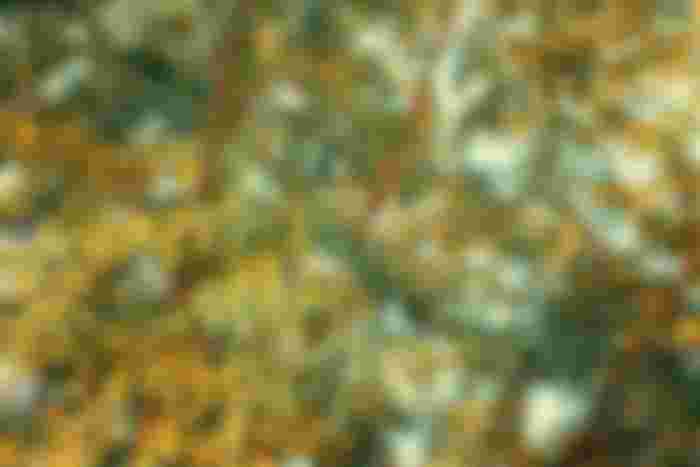Peptic ulcer disease (PUD)

Peptic ulcer disease is characterized by a burning sensation in the stomach. It is an open sore or a lesion found within the gastrointestinal tract. It is located in areas exposed to pepsin and gastric acid. Peptic ulcer disease compromises the integrity of the gastrointestinal tract. Peptic ulcer disease benign lesion which is usually confirmed using several methods to confirm peptic ulcer disease.
Causes of Peptic Ulcer Disease.
Infection with a gram negative bacteria -Helicobacter pylori.
Prolonged consumption of Non-Steroidal Anti-inflammatory Drugs (NSAIDS).
Prolonged use of alcohol, smoking and caffeine containing beverages.
Spicy food and stress related to some diseases.
Genetics and Underlying inherited diseases
1.Infection with a Helicobacter pylori.
Helicobacter pylori (H. pylori) is the common gram negative bacteria behind peptic ulcer disease. It is found on surfaces, food particles and in the air. Infection with this bacteria can be through ingestion of contaminated food and exposure to unhygienic places. It finds its way to reside in the mucosal lining of gastrointestinal tract. It produces proteins that interacts with the epithelial cells of the GIT tract. The interaction prompts the release of neutrophils and macrophages, which cause inflammation. H.pylori releases an enzyme called urease, which converts urea to ammonia and carbon dioxide. The ammonia produced from this interaction neutralises the gastric acid which is the reason behind the survival of H. Pylori in the mucosal lining of the GIT. H. Pylori also releases toxins that erode the lining of the GIT therefore causing peptic ulcer disease.
2.High consumption of Non-Steroidal Anti-inflammatory Drugs (NSAIDS).
NSAIDS is a class of drug that is mainly used for anti-inflammatory and analgesic properties. Research shows that NSAIDS cause gastro-duodenal ulcer through various mechanisms which includes:Direct topical effect of the drug on epithelium of the GIT, impairment of mucosal barriers and mucosal resistance, interference with prostaglandin synthesis and interference with the healing of superficial injury.
3.Excessive Use of alcohol, smoking and caffeine containing beverages.
Alcoholic persons have a high manifestation of H.pylori infection. High consumption of alcohol has a correlation with gastric metaplasia. Clinical studies have shown that H.pylori is responsible for the conversion of alcohol to acetaldehyde. It exhibits cytosolic alcoholic dehydrogenase activity that act on alcohol accumulated in the stomach. It converts alcohol to acetaldehyde, which is toxic and has a reactive effect on the mucosa causing peptic ulcer disease. This can be attributed to the pathogenecity of H.pylori. Alcohol affects mucosa barrier and mucosa histology. This alters the mucosa defensive mechanism. Epidemiologic data shows that Cigarette smoking increases both the incidence and relapse rate of peptic ulcer disease. The effects of cigarette smoking in the gastric mucosa include reduction of circulating epidermal growth factor, increase in tissue free radical production and the presence of free radicals in smoke, and reduction of mucosal nitric oxide synthase activity. Cigraette smoking inhibits the healing of superficial ulcer injuries on the GIT. Consumption of coffee and caffeine containing beverages reportedly stimulate gastric acid production.
4.Spicy food and stress related to some diseases.
Spices are plant materials that have been dried and processed to flavour food. Some Spices have medicinal activity while others can be toxic to the mucosa of the GIT. Excessive consumption of spices favors the pathogenesis of gastric and duodenal ulcer.
Stress causes time dependent increase in histamine and pepsin content. Stress stimulates the release of oxidative radicals that inhibits the secretion of prostaglandin synthase. Prostaglandin synthase is responsible for the cytoprotective activity of prostaglandin.
Types of peptic ulcer disease
Gastric ulcer disease
Duodenal ulcer disease
Gastric ulcer
Gastric ulcer also known as stomach ulcer is one of the major types of peptic ulcer disease. It is a lesion found within the lining of the stomach.
Duodenal ulcer
Duodenal is a more common ulcer mostly in persons under the age of 50. It affects both male and female. It occurs due to hyper secretion of gastric acid.
Symptoms of ulcer
Stomach pain
Loss of appetite
Feeling of fullness
Nausea and vomitting
Haematemesis and malaena
Heart burn
Diagnosis of peptic ulcer disease
Endoscopy
urea breath test
Microscopic test
Treatment of Peptic Ulcer Disease
Non-pharmacological treatment
Pharmacological treatment
Herbal remedies to peptic ulcer disease.
Moringa oleifera leaf

According to a study carried out by VC Devaraj, it was observed that Moringa oleifera leaf contains peptic ulcer healing properties. Its effect was seen in alcohol induced gastric and duodenal ulcer. It was also effective in relieving stress induced peptic ulcer disease. It works by acting as a cytoprotective on the lining of the GIT. Moringa oleifera stimulates peptic ulcer healing and prevents further recurrence of the disease.
The moringa tea

It is simply prepared by boiling the fresh moringa leaves (clean) for a period of 30 minutes to extract the content and nutritional constituents. Drain the extract from the boiled mixture. Allow the extract to cool, taking two tablespoons daily can go a long way in improving the state of the ulcer.


